Knee Replacement Surgery
If you have chronic knee pain, our specialists can help. We offer the latest knee replacement surgery techniques to improve your quality of life.
Medically reviewed by Mauro Giordano M.D. and Zachary Lum D.O. on Oct. 22, 2025.
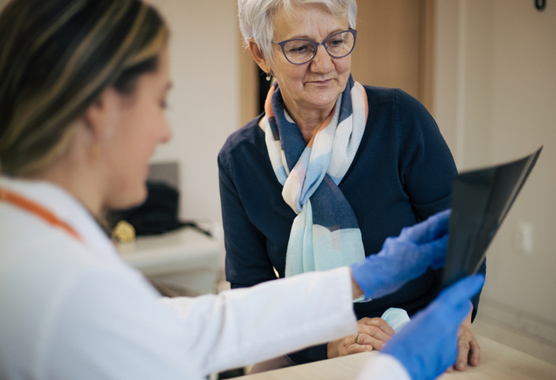
Advanced Treatment for Knee Pain
Your thighbone (femur), shinbone (tibia), and kneecap (patella) come together to form the largest joint in your body. Your cartilage, ligaments and muscles cushion and support your joint as you move. When your knee joint is damaged, the pain you feel can be challenging.
Arthritis causes your cartilage to wear away. Without the protective layer, your bones rub together, and you have stiffness, swelling, and tenderness. This can affect you when you try to sleep or go about your daily activities.
The simplest treatments are usually prescribed first. These options include:
- Anti-inflammatory and cushioning injections
- Knee brace
- Oral pain-relief medication, such as ibuprofen or naproxen
- Physical therapy
- Topical pain-relief cream
But when conservative treatments don’t give you relief, it may be time to consider joint replacement for the knee. Our specialists provide attentive, personalized treatment to help relieve your symptoms.
You’ll get care that’s comprehensive and convenient at our modern 48X Complex and UC Davis Medical Center. The 48X Complex, opened in 2025, is specially designed for your same-day knee surgery. You can get advanced treatment with us and recover in the comfort of your home. If your case is more complex, you will stay for overnight observation.
Types of Surgical Knee Replacement
Knee replacement is a safe and effective medical treatment that’s been around since 1968. Knee surgery can help you move better and significantly reduce or eliminate the pain you feel.
Your surgeon replaces the surface of your bones with metal and plastic parts and inserts a spacer. Your new joint can last 15–20 years, giving you long-term relief. The two common types of knee replacement are:
Partial Knee Replacement (PKR)
PKR is also called unicompartmental knee arthroplasty. It is an option when only one part of your knee has disease. Your surgeon targets the front, inner side, or outer side of your knee. People who undergo this surgery usually have a quicker recovery, fewer complications, and a more natural-feeling knee after surgery. But you may need more surgery in the future if arthritis progresses to other areas of your knee.
Total Knee Replacement
Total knee replacement is also called total knee arthroplasty. It is the most common knee replacement surgery. In the U.S., about 790,000 people have it done each year. With a total knee replacement, your surgeon resurfaces the bones throughout your joint. The surgery reduces pain and can improve your range of motion. Some people experience discomfort when kneeling or feel their implant click when they walk after surgery.
Request an Appointment
As Sacramento's No. 1 hospital, you'll benefit from unique advantages in primary care and specialty care. This includes prevention, diagnosis and treatment options from experts in 150 specialties.
Referring Physicians
To refer a patient, submit an electronic referral form or call.
800-4-UCDAVIS
Patients
Call to make an appointment.
Consumer Resource Center
800-2-UCDAVIS
-
Before Surgery
Your surgeon may have you pause certain medications and order more tests for your blood, heart, and urine. You also need to plan for someone to help you with daily activities when you get home after surgery. In addition, your surgeon may tell you to have any necessary major dental work done several weeks before your knee replacement. Dental work can be a source of infection that can spread to your new knee.
Your care team will work with you to manage any chronic conditions, such as diabetes or heart health, to ensure you’re healthy enough for the procedure. All patients are required to attend a pre-operative informational class. This session will provide a comprehensive understanding of the surgery preparation process.
-
During Surgery
You will receive general, epidural, regional or spinal anesthesia for this 1- to 2-hour surgery. The type will depend on your specific situation, but you will not have pain during the surgery. Your surgeon takes out the damaged parts of your knee and replaces them with new pieces.
-
Post-Operation
It’s natural for you to feel some pain after surgery. Your surgeon may prescribe medication to help reduce pain and thin your blood. You may need to wear compression socks or inflatable compression “boots” to help avoid blood clots. Many people can go home the same day after knee surgery. If you need longer observation, your care team may admit you overnight.
American Academy of Orthopaedic Surgeons — Total Knee Replacement — https://orthoinfo.aaos.org/en/treatment/total-knee-replacement/
American College of Rheumatology — Joint Replacement Surgery — https://rheumatology.org/patients/joint-replacement-surgery
What to Do After Surgical Knee Replacement
In the early days of your recovery, your focus should be on staying healthy and introducing movement. It may take three to six weeks to return to normal daily activity, including driving. After you recover, you’ll be able to return to low-impact sports. High-impact sports such as jogging are not recommended.
Eat a Healthy Diet
Choose healthy, iron-rich foods and stay hydrated. Losing weight will reduce pressure on your knees.
Take Care of Your Wound
Don’t soak in a tub or pool until your wound seals. Your provider will remove staples or stitches on top of your skin during a follow-up visit.
When to Contact Your Surgeon
Call your surgeon right away if you notice signs of a blood clot, pulmonary embolism (a clot that travels to your lung), or infection. These signs include chest pain, chills, fever or shortness of breath, or increased pain, redness, or swelling in your leg.
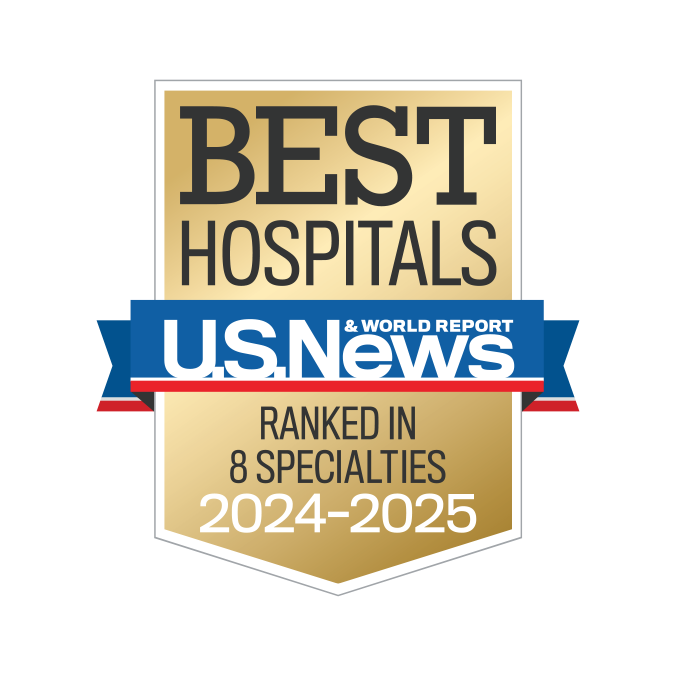
Ranked among the nation’s best hospitals
A U.S. News & World Report best hospital in cardiology, heart & vascular surgery, diabetes & endocrinology, ENT, geriatrics, neurology & neurosurgery, and pulmonology & lung surgery.

Ranked among the nation’s best children’s hospitals
U.S. News & World Report ranked UC Davis Children’s Hospital among the best in pediatric nephrology, orthopedics*, and pulmonology & lung surgery. (*Together with Shriners Children’s Northern California)
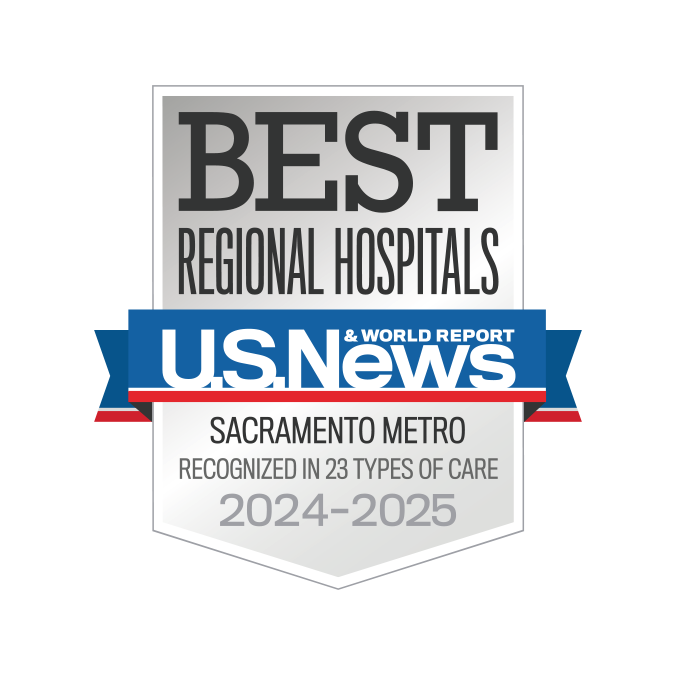
Ranked Sacramento’s #1 hospital
Ranked Sacramento’s #1 hospital by U.S. News, and high-performing in aortic valve surgery, back surgery (spinal fusion), COPD, colon cancer surgery, diabetes, gynecological cancer surgery, heart arrhythmia, heart failure, kidney failure, leukemia, lymphoma & myeloma, lung cancer surgery, pacemaker implantation, pneumonia, prostate cancer surgery, stroke, TAVR, cancer, orthopedics, gastroenterology & GI surgery, and urology.
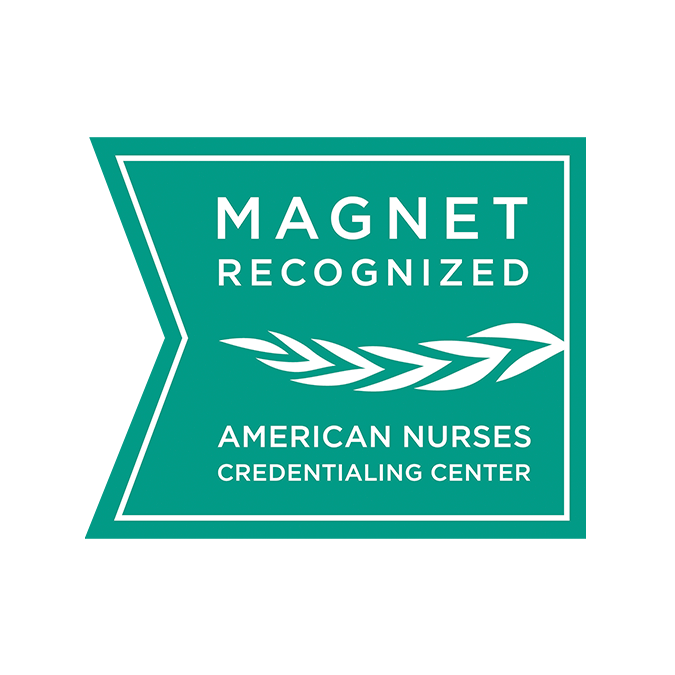
The nation’s highest nursing honor
UC Davis Medical Center has received Magnet® recognition, the nation’s highest honor for nursing excellence.
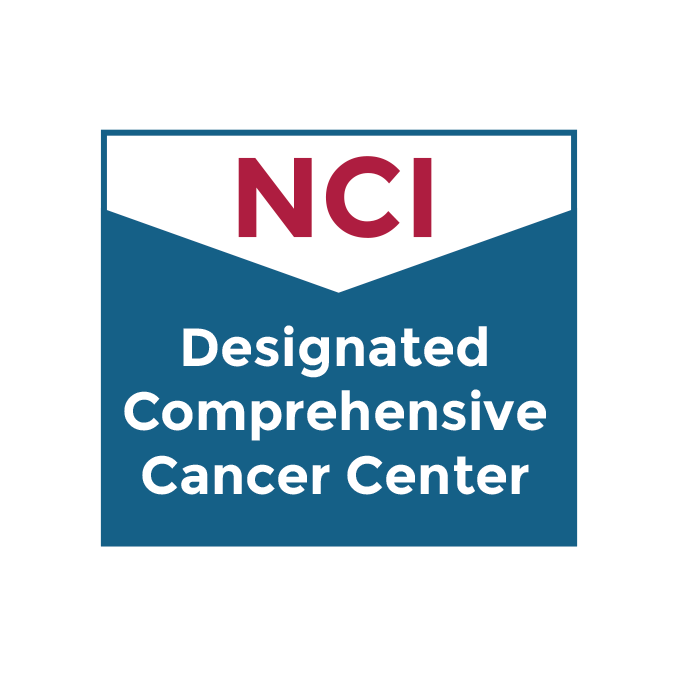
World-class cancer care
One of ~59 U.S. cancer centers designated “comprehensive” by the National Cancer Institute.

A leader in health care equality
For the 13th consecutive year, UC Davis Medical Center has been recognized as an LGBTQ+ Healthcare Equality Leader by the educational arm of America’s largest civil rights organization.
